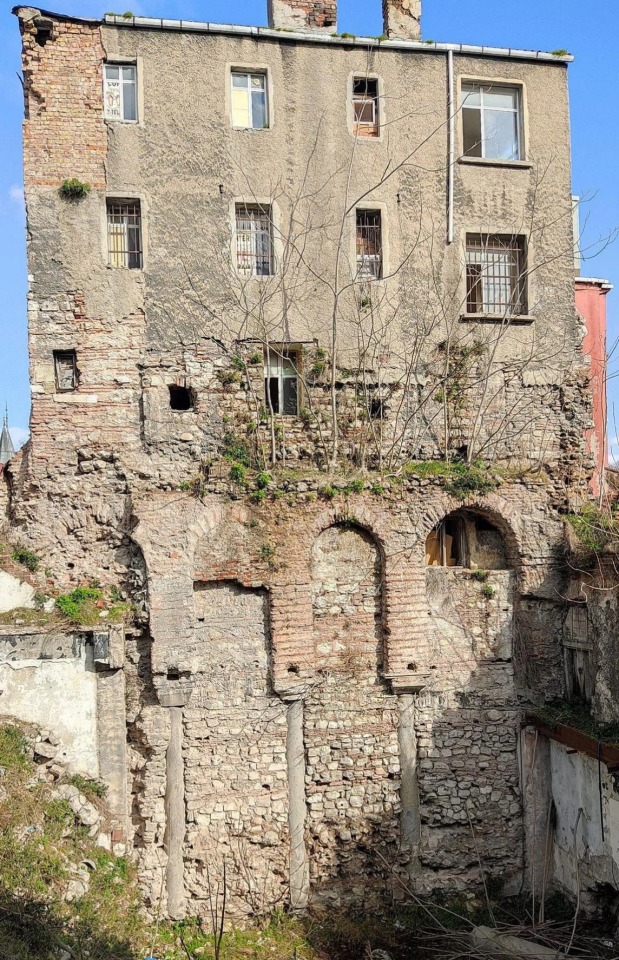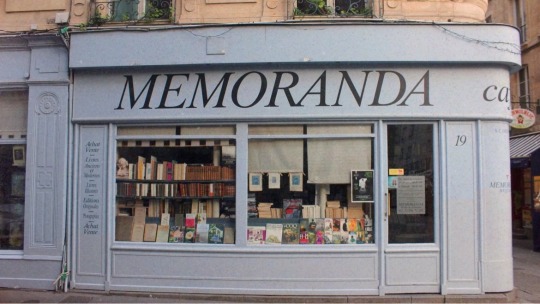Don't wanna be here? Send us removal request.
Text




Scarab Bracelet of Tutankhamun,
New Kingdom, late 18th Dynasty, reign of Tutankhamun, ca. 1332-1323 BC.
The scarab bracelet of Tutankhamun is considered a masterpiece of ancient Egyptian jewelry. The rigid gold bracelet is composed of two semicircles joined together by a hinge on one side and a clasp on the other. The central plaque bears a cloisonné scarab inlaid with lapis lazuli.
The scarab, symbol of the morning sun, rebirth and protection in ancient Egyptian culture, was the most popular motif used in jewelry. The small circumference of this bracelet suggests that it was made for King Tutankhamun when he was a child.
The bracelet itself is also inlaid with carnelian, lapis lazuli, and colored glass. It was found in the cartouche shaped box that contained several other objects, including the fine pair of earrings which also seem to have been personal possessions.
In ancient Egypt, scarab bracelets were a popular form of jewelry. The scarab beetle held great significance in Egyptian culture, symbolizing rebirth and protection.
These bracelets were often made of precious materials such as gold or semi-precious stones, and they featured a scarab beetle motif. The scarab beetle was believed to bring good luck and ward off evil spirits.
Scarab bracelets were worn by both men and women and were considered a fashionable accessory as well as a symbol of religious and spiritual beliefs.
The Egyptians adopted the scarab (Ateuchus sacer) as a symbol of the sun god, because they were familiar with the sight of the beetle rolling a ball of dung on the ground and this action suggested to them that the invisible power that rolled the sun daily across the sky could be represented pictorially as a scarab.
From the Tomb of Tutankhamun (KV62), Valley of the Kings, West Thebes. Now in the Egyptian Museum, Cairo. JE 62360
771 notes
·
View notes
Text


This Istanbul house was built in four historical eras
First floor: columns from Eastern Roman (Byzantine) era.
Second floor: archs from "again" Eastern Roman era.
Third floor: stonewalls from Ottoman Empire era.
Fourth floor: mud bricks from the first years of the Republic of Turkey.
13K notes
·
View notes
Text

Badcall Bay, Scotland (@simply.scotland IG)
865 notes
·
View notes
Text

Ruth Chatterton and George Brent in "THE RICH ARE ALWAYS WITH US" (1932.)
31 notes
·
View notes

















